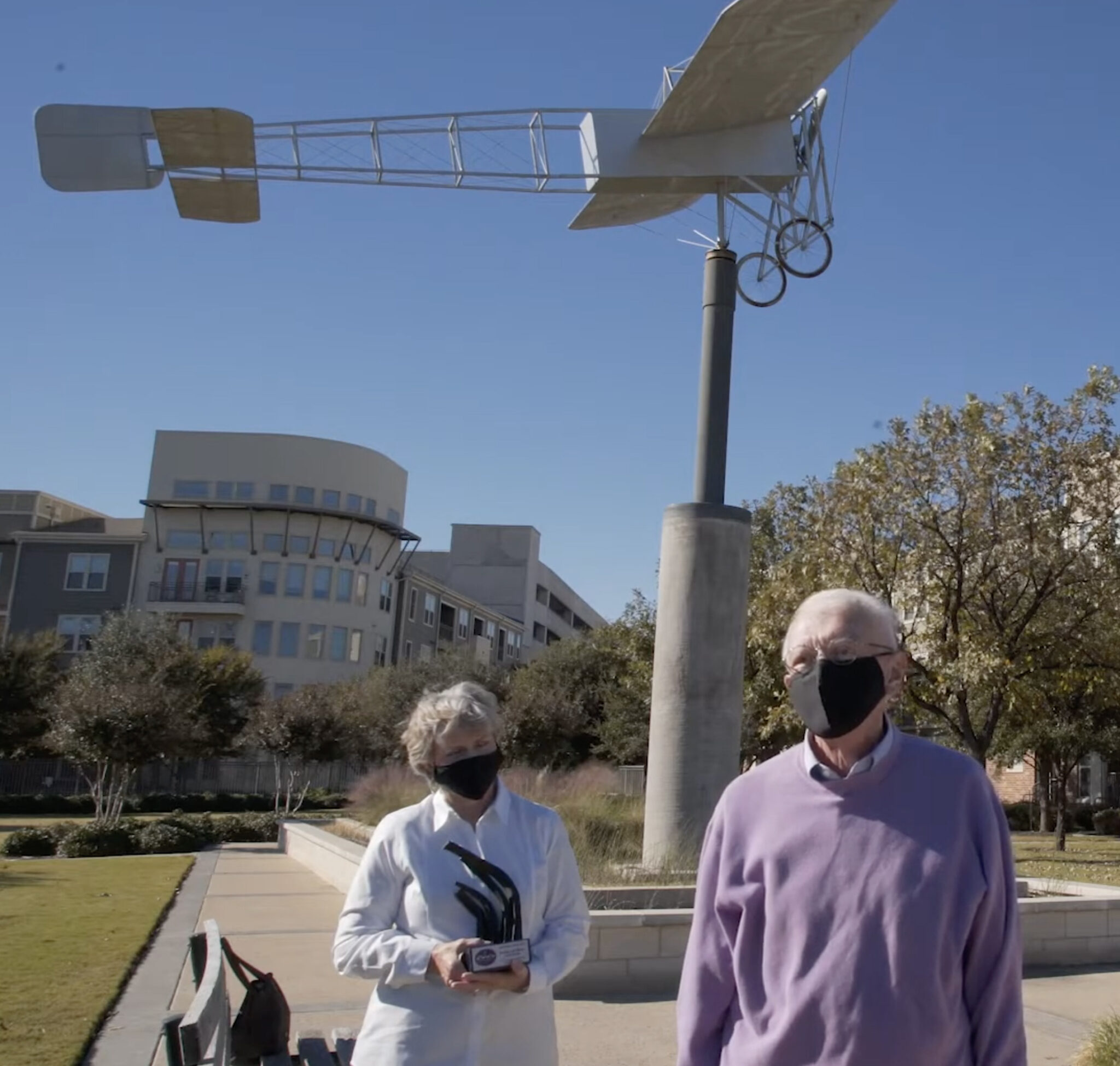Phillip Poole
September 7, 1946 – September 25, 2021
G. Phillip Poole, a longtime area architect and urban planner whose work focused on preserving and rebuilding Fort Worth’s urban core, died on Sept. 25, 2021.
A native of Alexandria, Virginia, and a graduate of Virginia Tech with a Master of Architecture, Poole came to Fort Worth when he accepted his commission with the Army Corp of Engineers.
He later worked for Komatsu Architects before starting his own graphic design studio, then formed TownSite Company with his wife, Mary Nell Poole.
Poole was instrumental in the redevelopment of the Cultural District, West 7th Street and the Near Southside.
He was honored by Near Southside Inc. with the Most Valuable Partner Award in 2003.
In November 2020, The Fort Worth Cultural District Alliance renamed the Cultural District Award of Excellence given to recipients for significant contributions to the Cultural District as the Phillip Poole Award – and then gave it to Phillip and Mary Nell Poole.
The award is a miniature copy of the distinctive bent wide-flange beams that supported a billboard for Al’s Trim Shop on West 7th Street until the 2000 tornado hit Fort Worth and, with some artistic help, created a new city icon.
Dustin Van Orne, Manager of Strategic Marketing and Visitor Services at the Modern Art Museum of Fort Worth and the then-current chair of the Cultural District Alliance, said the award was appropriate for the Pooles.
“Phillip Poole was instrumental in saving that billboard,” Orne said at the time. “It really signifies a turning point in the cultural district.”
Reagan Ferguson, vice president of sales at Pressman Printing Inc. and a former board member of the Cultural District Alliance, said that Poole, with the leadership of JG Holdings and others, “saw creativity through the chaos and convinced Ruth Carter Stevenson and architect Robert Venturi to incorporate the found art into the design of a new post office in an adjacent park on 7th and University.”
Poole, in accepting the award, spoke of the responsibility of residents to recognize and protect the city and its legacy.
“We don’t understand sometimes how blessed we are to live in a collection of great places, not just the museums, but our parks, the river. We truly are. We’re going to have to stay vigilant. We have to protect the values of our cultural district,” Poole said.
Ferguson said that Poole is one of his heroes.
“He and Mary Nel have been visionaries who have imagined a better, more livable Fort Worth and have been extraordinarily effective instruments for change. Their influence can be seen in our active and diverse lifestyle and prosperous urban village that encourages development alongside adaptive reuse that provides walkable green streetscapes, that honor important events of our past and ways that integrate us and art into environment, Ferguson said.
The Pooles, he said, have been amazing advocates and champions of the cultural district, working tirelessly from the time the key corridor consisted of just a few cultural gems and small retailers bordered by a band of aging and underutilized warehouses.
Poole conceived the Museum Place Project, played a role in post-tornado development of Linwood following the tornado and was involved in negotiating the site plan for Montgomery Plaza.
“Phillip has been the voice and the conscience of the Cultural District for years. He has been passionate about its place in Fort Worth’s history and forward-thinking about its role in Fort Worth’s future,” said Margaret DeMoss, immediate past chair, West 7th Neighborhood Alliance during the award ceremony. “Mary Nell has been his support team and both have served on city advisory committees dealing with urban re-development. In recent years, she has been personally engaged with established residents in the Cultural District helping them negotiate the urbanization of their neighborhoods,” DeMoss said.
In accepting the award, Poole looked back over some of the projects he worked on.
“The Near Southside started at about $280 million in value in year 1995. It’s worth a billion dollars right now in private investment. This side of town, the West Side of Fort Worth is worth a billion dollars. It started at $181 million,” he said.
That proves, he said, that there are a lot of folks who like the idea of walkable, sustainable places.
Poole gave credit to his wife.
“I couldn’t have done it without Mary Nel. We have just been blessed to have a good partnership,” he said. “Mary Nel has been a great partner, executes some of the things that I don’t have the ability or the skills to do.”
There will be a celebration of Poole’s life at 2 p.m. Saturday, Oct. 16 at the Fort Worth Botanic Garden Center. The family asks that in lieu of flowers, donations be made in Phillip’s honor to UT Southwestern Moncrief Cancer Institute or the U.S. National Park Service. – This article contains information from the FWBP archives.






